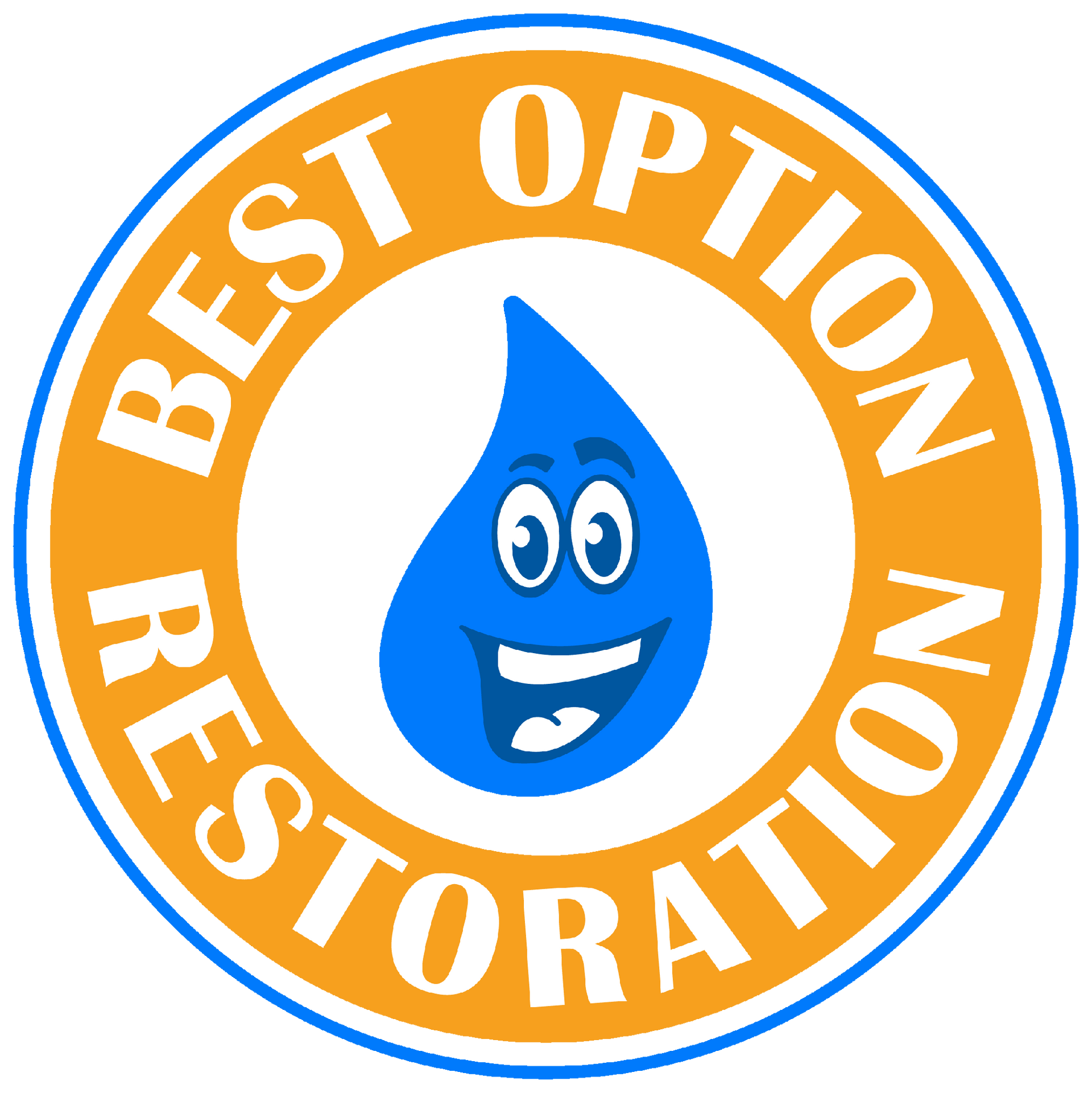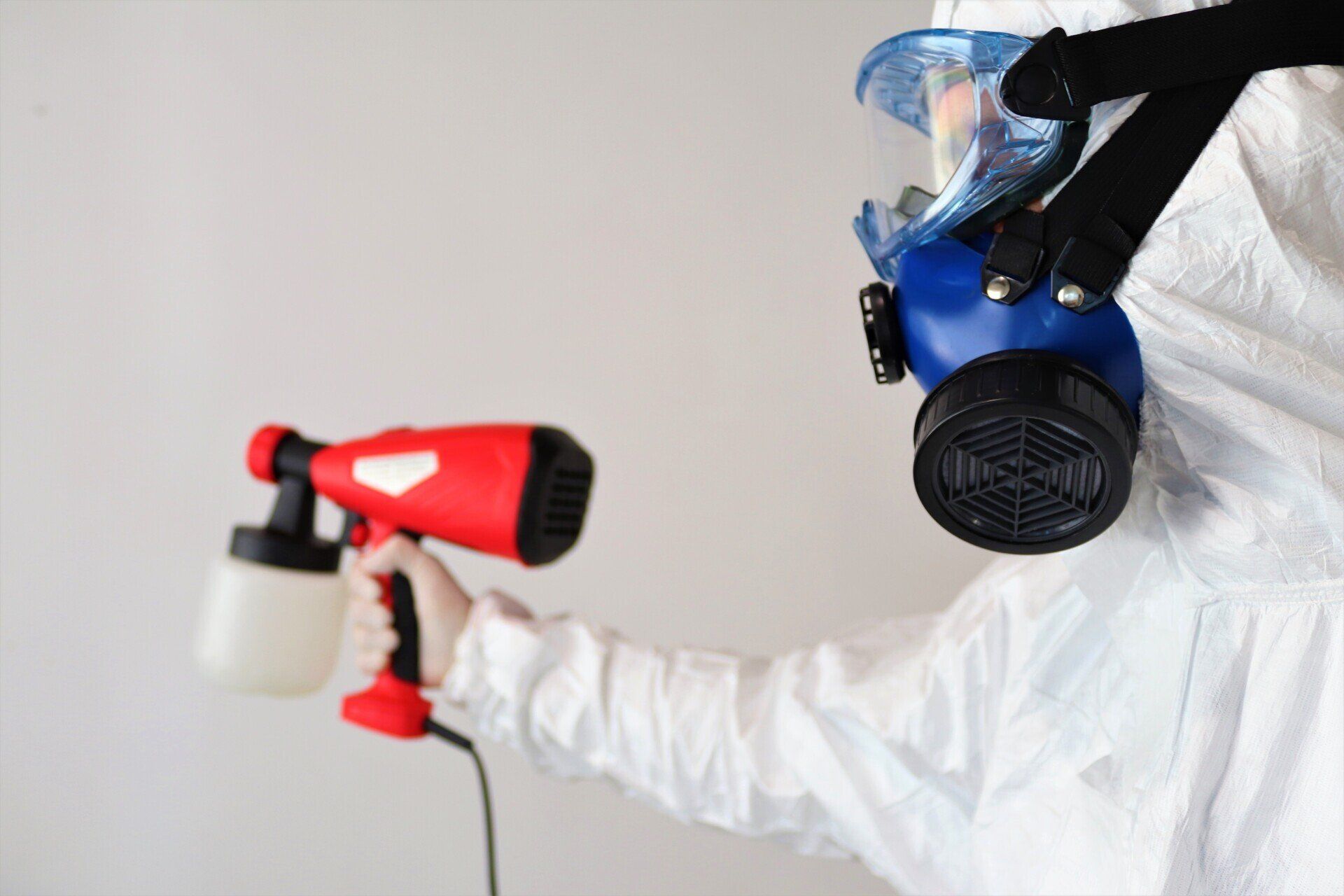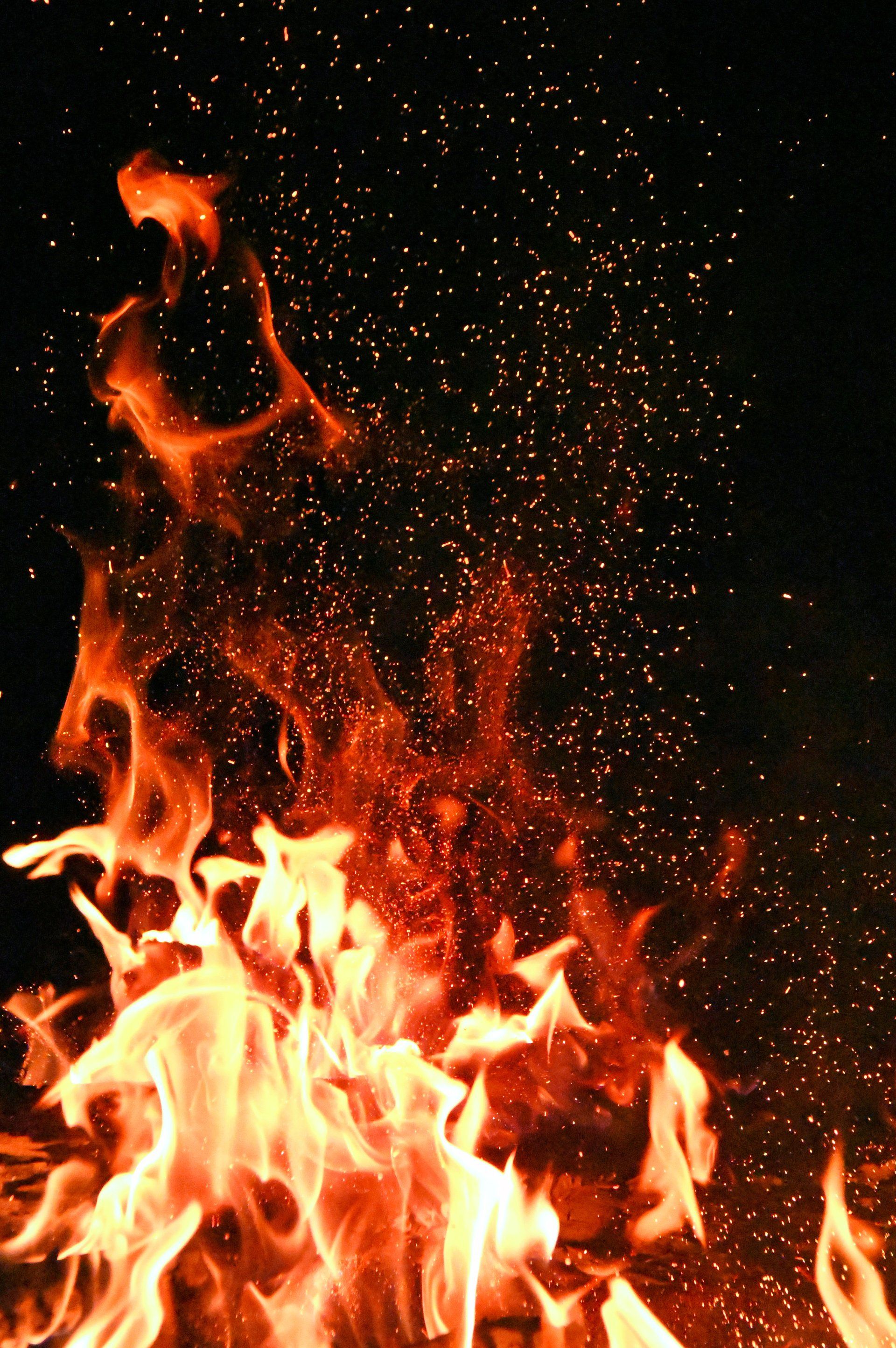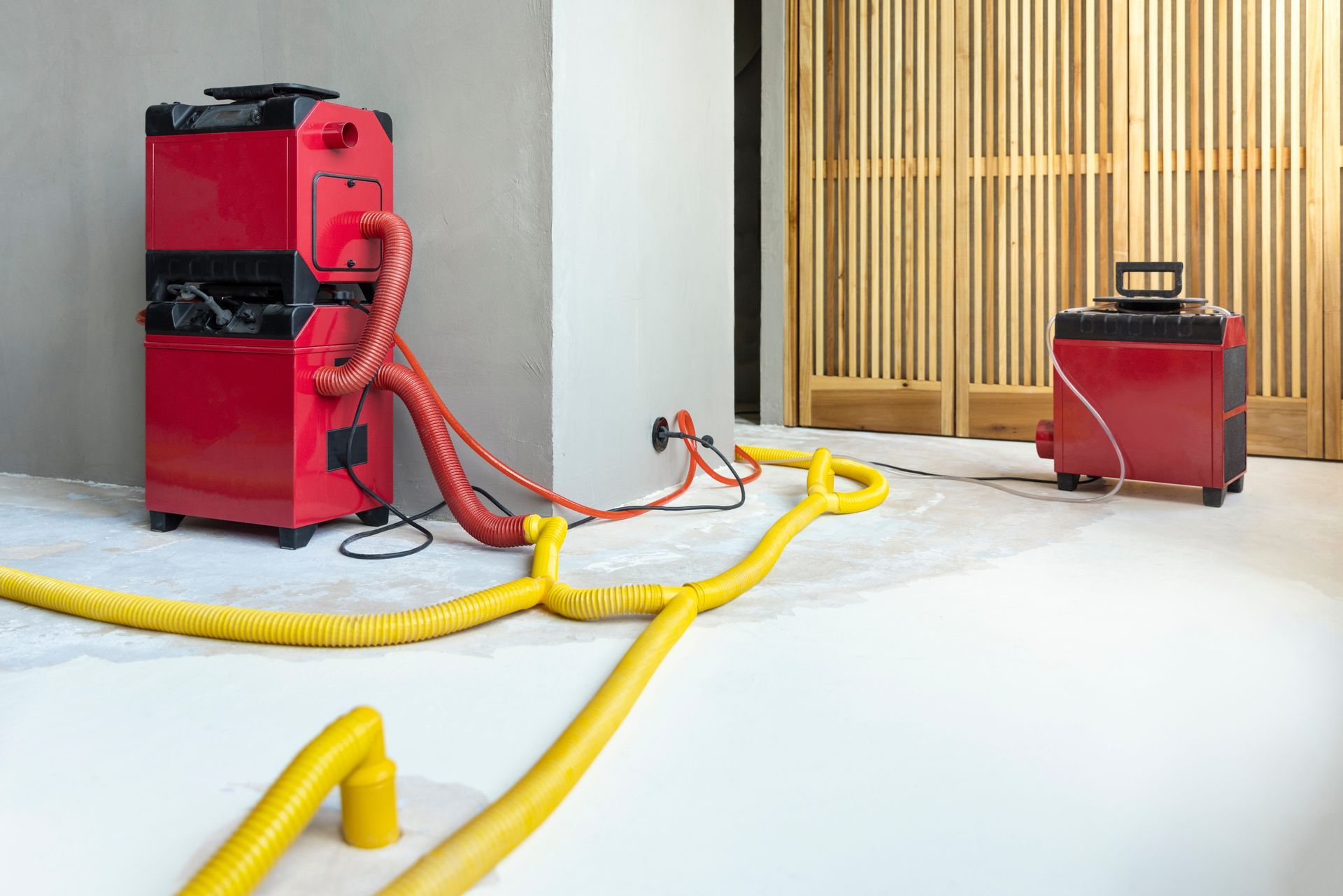Serving Phoenix, Mesa, & Surrounding Areas
Call 24/7 for Emergencies
Serving Phoenix, Mesa, & Surrounding Areas
Call 24/7 for Emergencies
How to Spot the Signs of Water Damage in Your Home
Recognizing Signs of Water Damage: Essential Tips for Homeowners
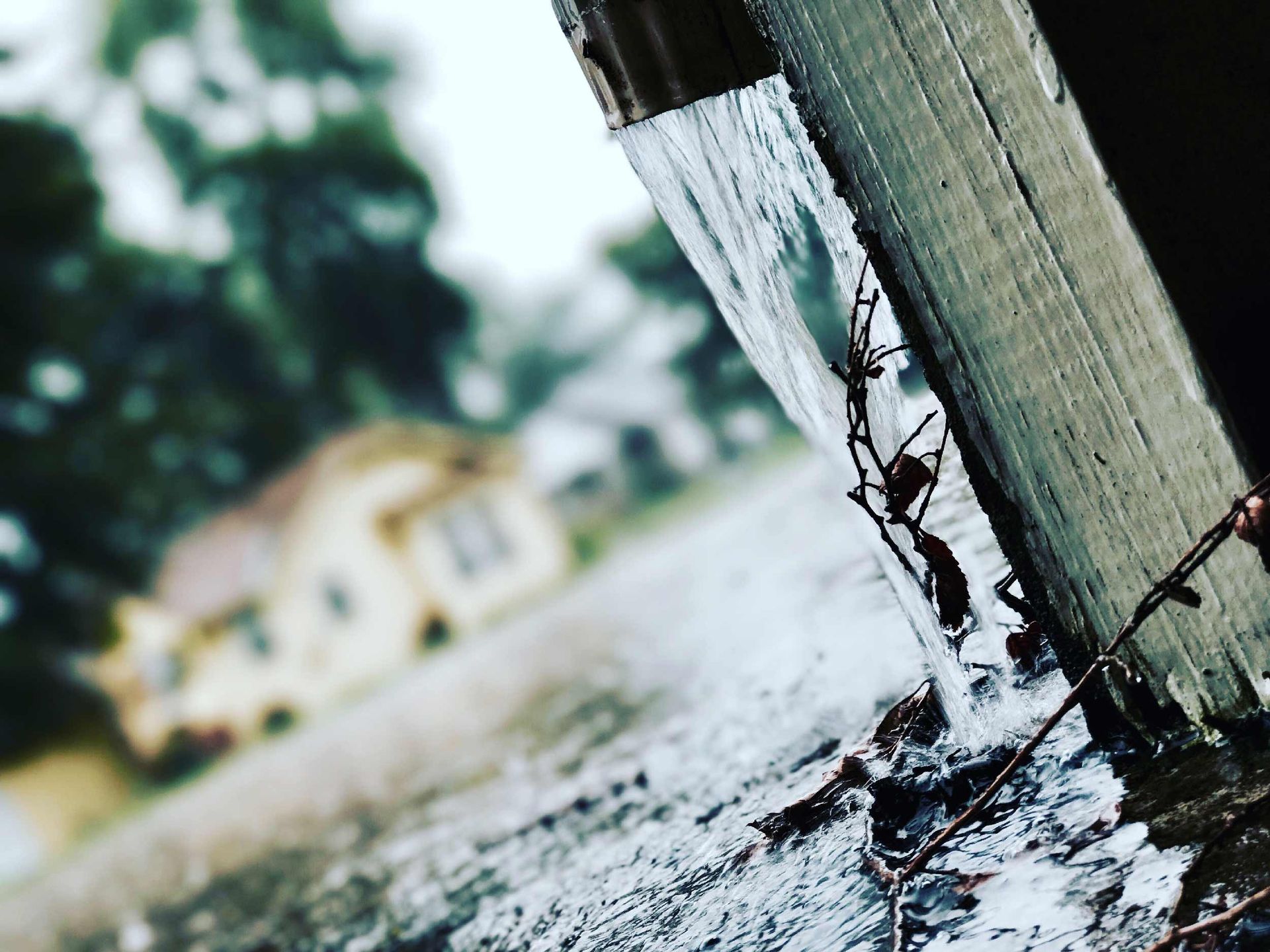
Early water damage detection is pivotal in maintaining a safe and healthy home. Water damage refers to the destructive aftermath of moisture intrusion, which can cause significant structural instability if ignored. It can also lead to mold growth, a serious health hazard for the inhabitants. This article will delve into the signs of water damage, specifically focusing on signs of water damage in walls, to help you spot these issues early on. Recognizing these early signs of water damage is crucial to prevent escalating costs and damage.
Water Damage and Its Causes
Water damage refers to a range of situations where property or possessions are destroyed by water intruding, where it enables attack of material or systems by destructive processes such as rotting of wood, mold growth, bacteria growth, rusting of steel, and so on. This damage can be slow and minor, such as water spots, or it could be instantaneous and catastrophic, such as flooding.
Common causes of water damage include leaking pipes, faulty household appliances like washing machines or dishwashers, roof damage allowing rainwater intrusion, and natural disasters such as hurricanes and floods. Each of these causes has the potential to lead to significant moisture damage if not promptly addressed, creating a host of secondary issues, including structural instability and the growth of harmful molds.
Why is Early Detection Important?
Early detection of water damage is of paramount importance. Unnoticed or neglected, water damage can deteriorate into more critical issues, impacting your home's integrity and your family's health. Structural damage is one such concern. Ongoing moisture intrusion weakens materials like wood and concrete, compromising the durability of your home's foundational elements. Over time, this can lead to costly, extensive repairs and may even risk your family's safety.
Additionally, moist environments are the perfect breeding ground for mold, which brings its own set of health risks, including respiratory problems, allergic reactions, and, in severe cases, toxic mold exposure. These molds, once established, can be challenging and expensive to eradicate completely. Therefore, recognizing the early signs of water damage in walls and other structures can save you from severe health hazards and financial setbacks. The sooner you identify and remediate the problem, the less damage and subsequent expense you'll have to manage.
Signs of Water Damage in Your Home
When it comes to identifying water damage in your home, there are several key indicators to look out for. These signs can range from visible signs to hidden signs and structural signs. These signals can lead to further damage, resulting in costly repairs and health hazards.
Visible Signs
Visible signs of water damage are often the first indicators of a problem that homeowners notice. One of the most common signs is water stains on walls or ceilings, which can appear as yellowish spots or streaks. These marks can also suggest an ongoing leak if they change shape or size over time. Another visible sign of water damage is warped or bubbling paint. This can occur when moisture seeps into the wall, causing the material beneath the paint to swell and distort the surface. Additionally, mold growth is a clear sign of underlying water damage. Mold thrives in damp environments and can emerge as black, white, or even colorful patches, often accompanied by a musty odor. Spotting these signs early can help homeowners address the issue before it escalates into a far more extensive and costly problem. Recognize these signs as early warnings, and take prompt action to investigate and resolve any potential sources of water damage in your home.
Hidden Signs
Hidden signs of water damage are often more difficult to detect, but they are just as critical in preventing extensive damage. One such sign is a damp or musty smell, which often lingers even after thorough cleaning. This odor tends to be strong in areas such as basements, bathrooms, and other enclosed spaces. If you notice any unusual smells in your home, it's crucial to investigate further, as it might be an indicator of hidden water damage. Another sign is changes in your home's foundation. Water damage can cause doors and windows to stick or warp or create cracks in your walls and floors. These changes may be subtle, but they can indicate serious underlying issues. Lastly, an unexplained increase in your water bills could also be a sign of water damage. Leaking pipes or fixtures can cause a steady loss of water, resulting in higher utility bills. If you notice any of these hidden signs of water damage, reach out to a professional promptly for a thorough inspection and remediation plan.
Structural Signs
Structural signs of water damage often indicate advanced moisture problems and may require immediate attention. One sign to look out for is sagging floors or ceilings, which may result from sustained water exposure. This continuous intrusion of water weakens the structural integrity of the material, leading to distortion. Similarly, doors or windows that have become difficult to open or close can indicate water-induced warping. Water damage can also manifest in visible cracks on walls, a clear sign of structural stress due to prolonged water exposure. These cracks may appear small initially, but they can widen and deepen over time, posing potential safety risks. All these signs denote serious structural damage and necessitate immediate remediation to prevent further deterioration. If you observe any of these indicators of water damage, it is imperative to consult with a water damage restoration professional promptly to assess the extent of the damage and initiate appropriate solutions.
What to Do If You Detect Water Damage
Upon detecting signs of water damage in your home, the first step should be identifying the source of the damage. This could be a leaking pipe, a faulty appliance, or even a damaged roof. Once you've located the source, if possible, take immediate preventive measures to stop further damage. This might involve shutting off the water supply or patching a visible leak. It's essential to document the damage meticulously, taking photographs and making detailed notes. This documentation will be valuable when making an insurance claim.
However, remember that water damage isn't a DIY project. Attempting to fix water damage without professional help can exacerbate the situation, potentially leading to more severe structural damage and mold growth. Professionals like us at Best Option Restoration are equipped with the expertise and tools to effectively and safely restore your property. They can identify hidden damage and ensure that all moisture is eradicated, minimizing the long-term risks associated with water damage.
Ensure Your Home's Longevity With Best Option Restoration
At Best Option Restoration, we understand the devastating effects of water damage and are committed to restoring your home to its pre-damage condition. Our team of skilled professionals uses cutting-edge technology and advanced techniques to detect and remedy water damage effectively. We uphold a swift response, comprehensive service, and utmost professionalism to ensure your home's longevity and your peace of mind. Don't let water damage rob you of your comfort and security. Contact Best Option Restoration today, and let us restore the safety and health of your home. It's time to take action - your home deserves the best. Call us now!
Best Option Restoration
Best Option Restoration
Best Option Restoration of Mesa Chandler Gilbert is part of the Best Option Restoration Network, a trusted national leader in the disaster restoration industry. Best Option Restoration currently has open opportunities nationwide. If you would like more information on becoming a franchise owner with us, request your free Franchise Discovery Kit now.
IICRC Certified
Our Services
Our Contact Info
Best Option Restoration
All Rights Reserved | Best Option Restoration
